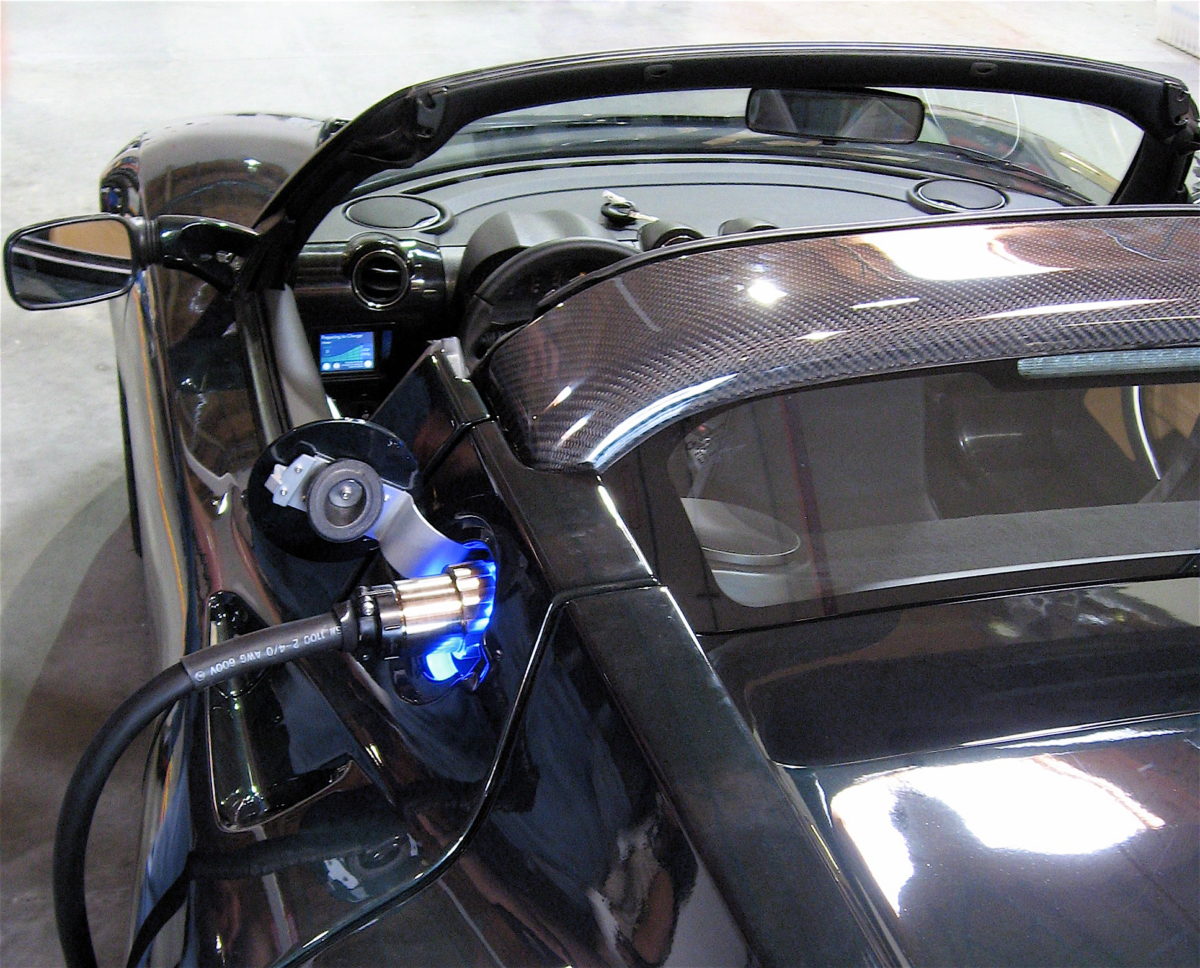Despite the EU's ambition to establish a self-sufficient battery industry, the need to import more than 75% of the materials needed to feed electric vehicle (EV) demand will usher in “a new era of energy dependency” by the bloc, according to U.S.-owned analyst Wood Mackenzie.
The Scotland-based, Verisk-owned data company has crunched the numbers to pull up some impressive figures about the scale of European battery production facilities which are being prepared.
Raw material sourcing
However, the Can Europe secure a self-sufficient battery industry? report published by WoodMac yesterday stated a continued dependence on critical raw materials for the lithium-ion devices set to dominate the European energy storage market, will ensure the EU industry will be far from self-reliant in 2040.
The authors of the study pointed out Europe's determination not to rely on batteries made outside the bloc drove the market to invest more in battery manufacturing in 2019 and 2020 than any other global region. A second important project of common European interest designation for a battery-related project this year allocated a further €2.9 billion of EU funds to the sector, with the aim of attracting another €9 billion from private investors, WoodMac added.
With plans announced for 1.3 TWh of annual battery production capacity this decade, Europe could have the second largest battery manufacturing capacity in the world in 2030, behind China, to account for 27% of the global market and twice the anticipated level of EU demand. WoodMac pointed out that estimate is based on all the announced European projects taking shape, even though only 9% of them are already operating – 42% of those production lines are under construction and the remaining 49% are at an even earlier stage of development.
With the EU having decreed all new vehicles in the bloc must be zero-emission from 2035, it is EVs that will drive battery demand in a European market WoodMac estimates will be worth €572 billion in 2030, and €1.72 trillion a decade later.
Those big numbers, however, fail to address a raw material dependency that appears set to leave EU manufacturers at the mercy of extra-European supply chains, just as they are at present.
The views and opinions expressed in this article are the author’s own, and do not necessarily reflect those held by pv magazine.
This content is protected by copyright and may not be reused. If you want to cooperate with us and would like to reuse some of our content, please contact: editors@pv-magazine.com.



Within Russia they have identified & tagged the resources required for Lithium Batteries and they are now inviting in companies for extraction & processing PLUS. The Russians are not having the same NIMBY issues.
The European Continent has everything it needs as well BUT as has been recently seen (repeatedly) the NIMBY Activity is very high and this is resulting in unreasonable hold-ups. Sadly the reality is also that the NIMBY’s are being agitated by Fossil Resource “Plants” who only wish to delay such as long as possible. Not only have they embeded with Green Groups but also created their own Fake Enviro groups which have been repeatedly exposed but allowed to continue.
Until the issues of dealing with the “Paid Professional” NIMBY’s and NaySayers is settled and they are extracted from the public scene, things will NOT change.
Please Consider, that if Russia get’s the leap ahead on Renewable Resource Extraction & Processing (with the help of the NIMBY’s & Oilygarch’s) where will “Greater Europe” sit ?